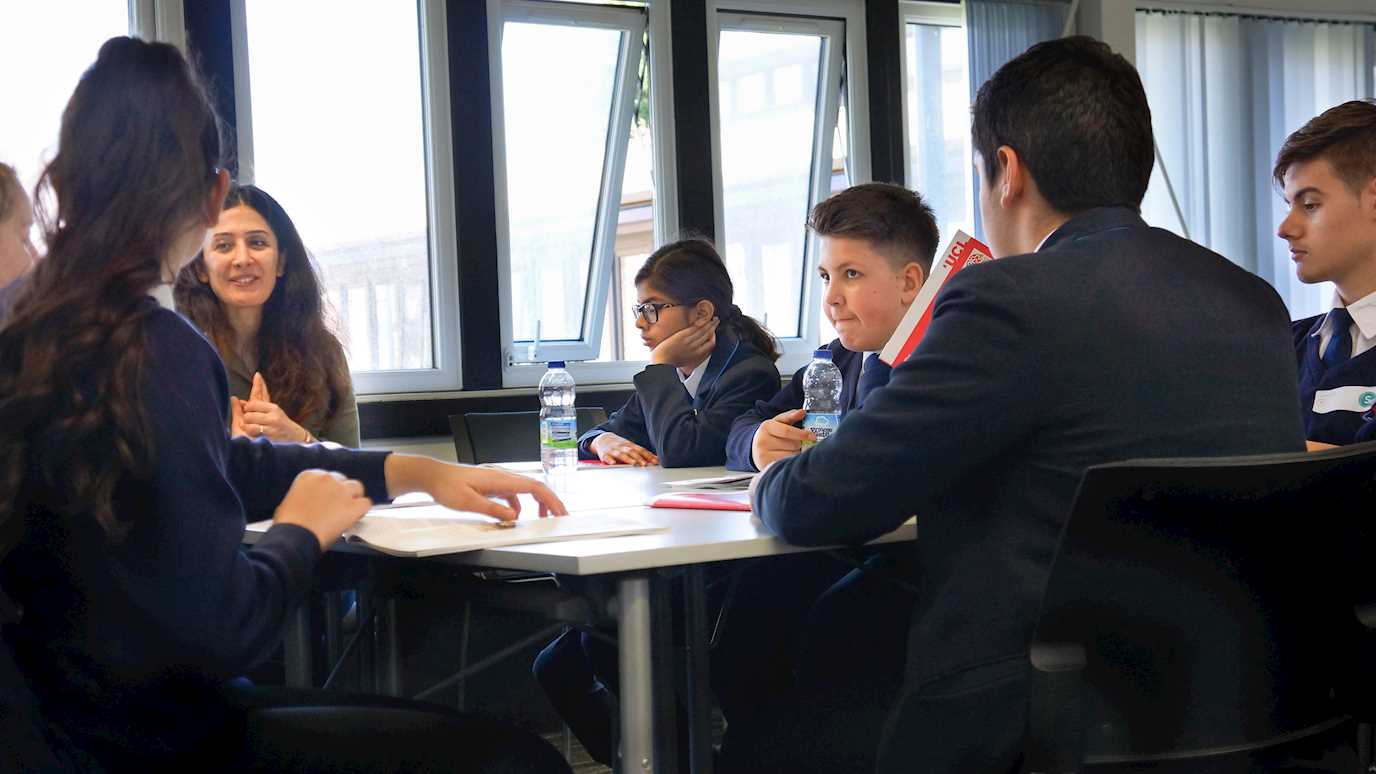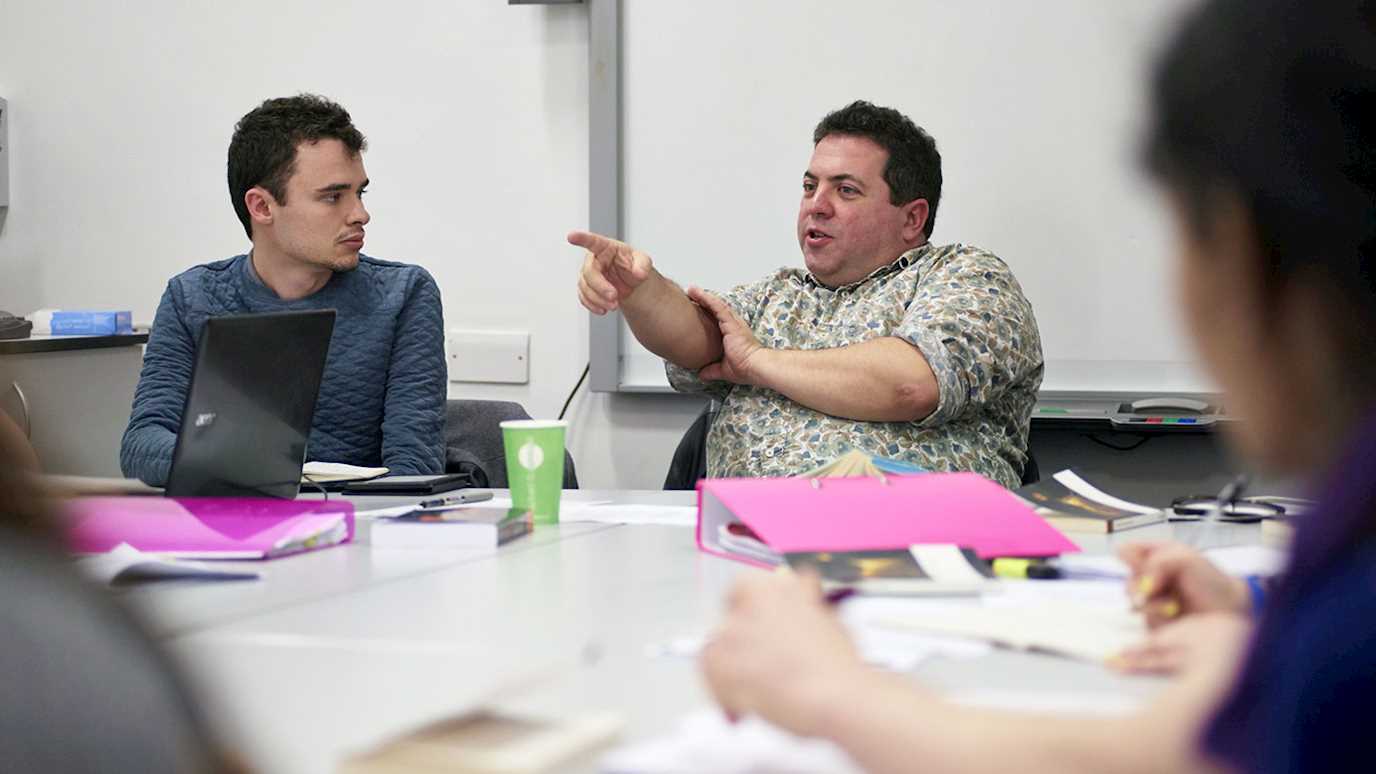Professor Judith Hawley on Aphra Behn's The Rover
Key points
- Behn was a provocative writer who directly confronted the social and literary establishment.
- She was a pioneer - arguably the first woman to earn a living by writing. However, that did mean she had to write for the market.
- She worked with the conventions of Restoration Comedy which depended on stock character types.
- She subverted those conventions and gave a greater role to women in The Rover.
- Carnival is an important factor in the play. It allows her characters to experiment with their identities. Yet it has to come to an end when Lent begins; similarly, the freedom women have during courtship comes to an end with marriage.
Quotations
Virginia Woolf, A Room of One’s Own (1929), chapter 4:
'All women together ought to let flowers fall upon the tomb of Aphra Behn, for it was she who earned them the right to speak their minds.' However, Woolf admits she both helped and hindered them in their struggle to earn their livings by the pen: ‘For now that Aphra Behn had done it, girls could go to their parents and say, you need not give me an allowance; I can make money by my pen. Of course the answer for many years to come was, yes, by living the life of Behn! Death would be better! and the door was slammed faster than ever.’
Suggested passages
- Act II, scene ii, pp. 183-85. Willmore, Angellica, Moretta.
Discuss Willmore's defence of free love. - Act II, scene iii, pp. 201-3. Florinda, Willmore.
What is the tone of this scene?
What does it suggest about Behn's attitude to libertines? - The end of The Rover.
What do you make of it?
What does it suggest about Rochester?
What does it suggest about Behn's attitides to sexual freedom for men and women?
Further reading
- M. L. Stapleton and Stephen F. Austin, ‘Aphra Behn, Libertine’, Restoration Studies in English Literary Culture 24 (2000), 75-97.
Aphra Behn is closely associated with the poet and notorious libertine, John Wilmot, second Earl of Rochester. It is assumed that the character of Willmore in The Rover is a representation or perhaps a caricature of him. Both seventeenth-century detractors and modern admirers sometimes consider her to have been a libertine herself. This article analyses the way she represents the figure of the libertine throughout her works and considers whether or not she condoned or even admired rakishness.
The libertine or rake-hell is a difficult figure to define, but the idea most relevant for Restoration culture is that the rake engages in both free-thinking and sexual profligacy. Influenced by the radical materialist philosophy of Thomas Hobbes’ Leviathan (date) and the cynicism of La Rochefoucauld, he sets orthodox teaching and social propriety at naught in his pursuit of pleasure. His free-love is not a democratic principle, rather it is based on an aristocratic sense of privilege. Nor is he concerned about mutual pleasure or love: he is interested only in the gratification of his own excessive appetites.
The authors argue that, even though Aphra Behn writes frequently about desire and argues for women’s right to pleasure, she is highly critical of this selfish, elitist and essentially misogynistic way of life.
At first sight, The Rover seems to endorse libertine sentiment. According to the materialist philosophy of Hobbes, life is nothing but matter in motion thus constancy – including in love – is impossible. But most of Behn’s women refuse to accept that reasoning as an excuse for men’s infidelity. The fact that libertines constantly seek new partners was represented by her contemporaries like Rochester and Etheredge as a mark of their sexual prowess. She represents it as a sign of their incompetence with women. Moreover, she seems deliberately to humiliate her rakes as if punishing them by making them appear ridiculous. For example, they fail to recognise their lovers when they are in disguise, even though they themselves use cunning tricks to seduce women. Both Belville and Willmore fail to recognise their lovers. The fact that Willmore has been drinking is no excuse. His inebriation comes across not as high-spirited intoxication but as mere debauchery. He is no better than the boorish country fool, Blunt. And worse: he violently attempts to rape Florinda.
Behn depicts libertine women – or ‘jilts’ – in several of her works. She explains their behaviour as the result of their mistreatment at the hand of men but she does not endorse it. Hellena might be a free spirit – she dresses as a gypsy and as a boy in order to seduce Willmore – but she ‘is no libertine. She seeks marriage and the satisfaction of reforming her rake’ (p. 85). Behn presents the corrosive effect of libertinism on women. What she defends is honest desire. - Anita Pacheco, ‘Rape and the Female Subject in Aphra Behn’s The Rover’, ELH 65 (1998): 323-345. Project MUSE. <https://muse.jhu.edu/>.
Critics have often remarked that in Aphra Behn's The Rover, ladies act like whores and whores like ladies. On this level, the play presents a dramatic world dominated by the two principal patriarchal definitions of women (virgin and whore), but in which the boundary separating one category from the other has become blurred. This blurring is deliberate as the characters try to escape from their roles. Pacheco argues that Florinda, the play's quintessential ‘maid of quality’, rebels against being turned into a commodity in the marriage market. Angellica Bianca presents herself as an ideal mistress rather than as a courtesan (NB she gains dignity by speaking in blank verse). Both characters try to follow their own desires and both become hard to pigeonhole in traditional terms because of these moves. This essay examines the central role which rape plays in both these struggles to escape patriarchal devaluation. Before the obligatory happy ending, Florinda faces three attempted rapes that are called not rape, but seduction, retaliation, or ‘ruffling a harlot’. She becomes vulnerable when she is trying to break free. Angellica Bianca assumes power by selling access to her body, but she is still subjected to male sexual aggression. Hellena, on the other hand, is able to confront Willmore on his own territory and tame him. But, argues Pacheco, Behn has depicted a pervasive ‘rape culture’ and can only achieve a comic ending by ignoring the significance of the questions she has raised about that culture. - Helen M. Burke, ‘The Cavalier Myth in The Rover’, in The Cambridge Companion to Aphra Behn, eds. Derek Hughes and Janet Todd (Cambridge: Cambridge University Press, 2004), pp. 118–34.
The Cambridge Companion series – available in physical and eBook format – provides an excellent round up of recent criticism of key works and authors. This chapter in the book describes how Behn reworked an earlier play – Thomas Killigrew’s Thomaso, Or the Wanderer – placing the female characters at the centre of the plot. Throughout her play, the men are mocked and critiqued by her passionate female characters. - Susan Staves, ‘Behn, Women, and Society’, in The Cambridge Companion to Aphra Behn, eds. Derek Hughes and Janet Todd (Cambridge: Cambridge University Press, 2004), pp. 12–28.
Different ideas about what women (especially women of higher social classes) were supposed to be like were in circulation in Behn’s time. Staves describes three of them:
- The Church of England’s religious ideology, according to which women were made for marriage and obedience.
- Economic and legal ideologies according to which women were important in the marriage market and the transmission of property through inheritance.
- The libertine ideology, that is, a hedonism which went against conventional morality. While libertinism supported free thought and free love, aristocratic men had much more freedom according to this creed than anyone else. Women might be treated as mere sex objects by libertines.
- Staves concludes that Behn was critical of each of these ways of thinking about women. Yet, it is difficult to think of her as a feminist because she is too implicated in the patriarchal culture of her time.
Web links
- The Royal Shakespeare Company production, Stratford-upon-Avon 3 September 2016 - 11 February 2017:
- A student performance and analysis of selected scenes, concentrating on the issue of violence against women:
- A useful collection of texts and resources can be found on the OUP website, Great Writers Inspire
- Information about the tradition of carnevale in Italy
- The British Library's Discovering Literature page on Aphra Behn
- The British Library's Discovering Literature page on The Rover
Other works
- Behn wrote numerous plays, poems and prose fictions. You might be interested in her novel about slavery, Oroonoko(1688):
writersinspire.org/content/oroonoko-or-royal-slave - These poems suggest her unconventional attitudes to female sexuality: 'The Disappointment':
poetryfoundation.org/poem/172895 - 'On a Juniper-Tree, cut down to make Busks':
- bartleby.com/334/693.html
- 'To the Fair Clarinda, who made love to me, imagin'd more than Woman':
poetryfoundation.org/poem/180828 - The character of Willmore is based on Behn's friend, the famous libertine, John Wilmot, 2nd Earl of Rochester (1647-80). His poem 'Against Constancy', gives some idea of his character:
luminarium.org/eightlit/rochester/againstconstancy.htm
























